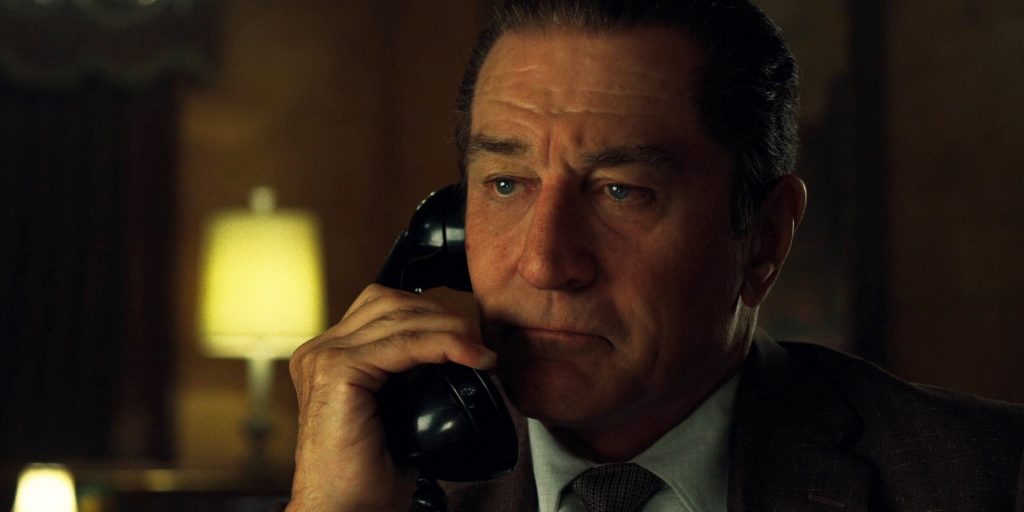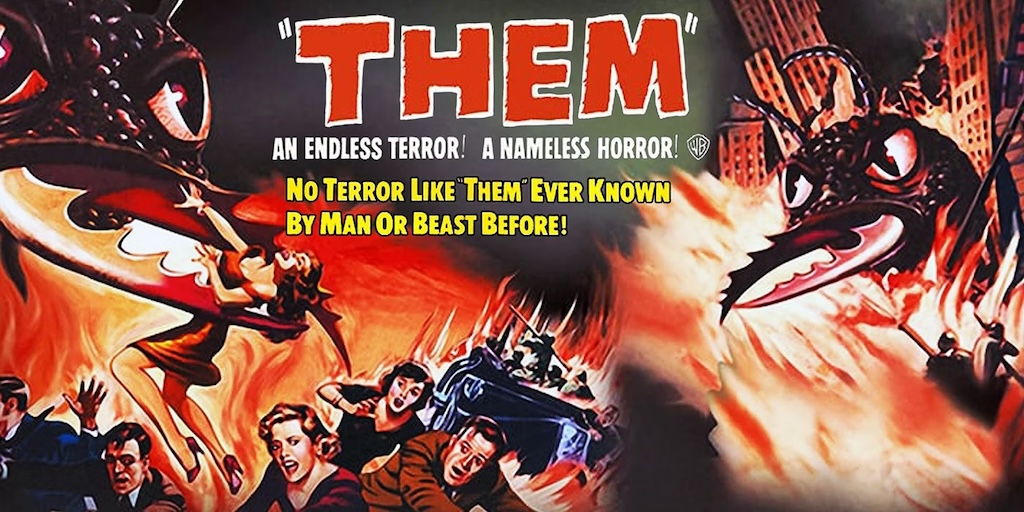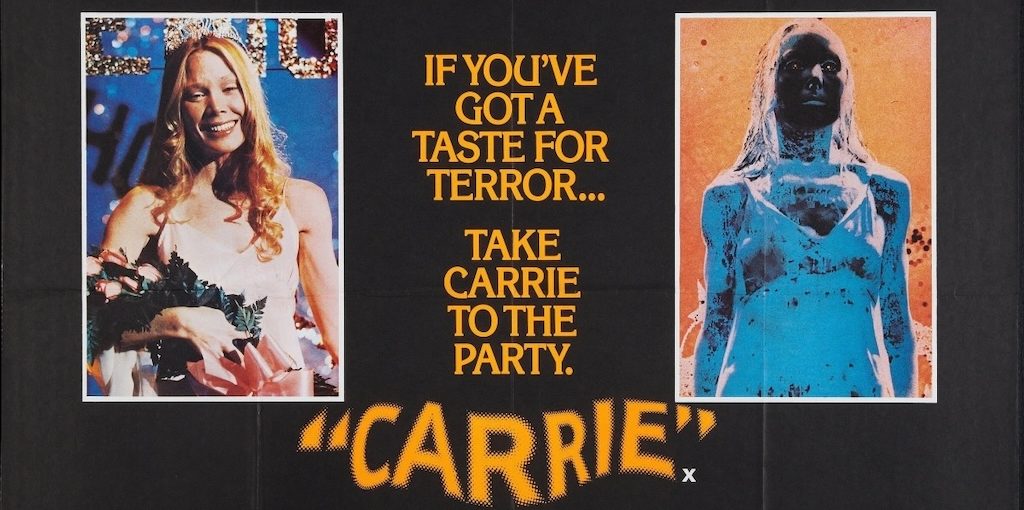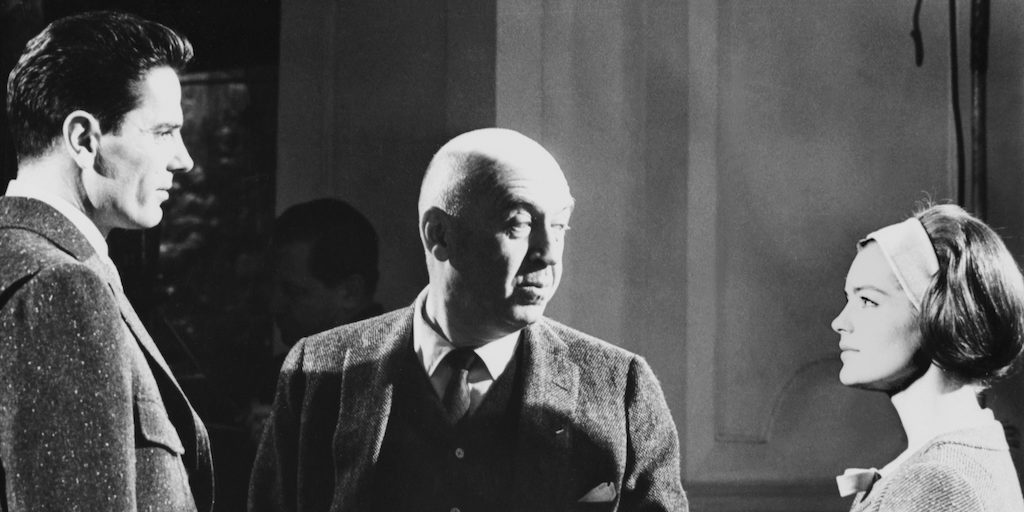ALL GREENNESS WILL PERISH
“So someone who is seizing a state should think hard about all the injuries he’ll have to inflict, and get them all over with at the outset, rather than having cruelty as a daily occurrence. By stopping cruelty very soon, the usurper will be able to reassure people and win them over to his side by generosity. Someone who doesn’t proceed in this way—whether from fear or on bad advice—will always have to have a knife in his hand (*); (…) injuries have to be inflicted all together, so that the less they are tasted, the less they offend; and the benefits must be done little by little, so that they taste better.”
Machiavelli, “The Prince”, VIII.
* Bonaparte’s comment: “and that when allowed.”
Since the Odyssey, the return home has been reason for recurring mitopoetic configurations. From the famous poem by Konstantinos Kavafis, to what is possibly the best singable lyric of tango of all time, “Volver” by Alfredo LePera.
There are all types of returns. The return of the soldier. The return of the prodigal son. The return to the first love. The reunion with the loved one. There is also a myth of the eternal return that, as Mircea Eliade has explained, refers to the worldview of so-called archaic cultures, which are not “primitive” and much less “late” or “childish.”
Hitchcock made one of his characters in Rebecca say – in what many judge a confession -, that his father, who was keen on painting, once painted a flower and that it seemed so accomplished to him that he did nothing else throughout his life but paint variants of that flower, which had become an archetype.
Martin Scorsese’s cinema had achieved early recognition of its flower or, better yet, of its original root. But it hadn’t achieved that banal or crematistic acknowledgement of amateurs always prone to ephemeral exaltations, or to discover supposed cults that alleviate the lack of secrecy of this global world. But that other one that first and foremost allows the self-affirmation of its vital effectiveness. This may or may not occur in the aesthetic: and of course if this is achieved in cinema, the aesthetic is always support for many other things.
As a participant of the definitive self-awareness of the concept of cinema, he had, like his peers of that already illo tempore, Coppola, Bogdanovich, DePalma and Friedkin, the weight and responsibility of showing how the whole is, the totality of that soul and spiritual manifestation that we have called the concept of cinema.
Hegel points out in an early writing that “in life a darned sock is better than a torn one; but not so in the realm of self-awareness.” In our terms, when the key of the issue is known it cannot go back at the risk of petrification. What we have called “Medusa sign”. That is, when something ends, but because it reaches or is about to reach its goal, there is a risk of going rapidly towards that totality that approaches as such; but which lacks a certain final manifestation for its completeness.
The two works that opened and encompassed the totality of self-consciousness were almost parallel in time: The Godfather and The Exorcist. Around 1972-3.
The Godfather is and above all clearly remains an epic totality. In other words, a story where the unfolding of physical actions bears a complete symmetry with History. We would risk pointing out here that the most accomplished epic is the one that achieves this History-history equation; equation that many times can be written with the inverted terms without changing the result.
Focusing on a more than tricky but urgent subject, Coppola’s film, and its increasingly retrospectively more important author of the base novel and the script Mario Puzo, set this epic goal, as well as the aforementioned equation.
“Mafia” was a journalistically worn word. Thrashed out as something judged without appeals. When it was suspected that this almost millenary secret society had and maintained more than affinity, so to speak, with the unfolding of the concept of cinema in classical Hollywood. As well as a power within political power, in frank symmetry with Hollywood.
After this classic period of takeover of cultural power, because the first goal of its journey had been reached, the self-affirmation of the duo or two-faced Janus of Judeo-Catholicism, against its natural, even necessary, enemy, already proven historically – the Anglo-Saxon and Protestant world, self-consciousness inevitably appears.
The self-awareness of the concept of cinema that the two aforementioned films open, appears as an essential elucidation of this deployment. It means turning the glove over; entering the restaurant through the kitchen, and making the Hegelian sock remain intact and with no darning. But we add on our part: it is also wearing that sock knowing that it has been worn and faded with use. There you can try to make one just like it, or ensure through various resources that its use remains effective.
The Godfather became a saga; that is to say, a series of epic moments whose unity and continuity is sustained by a familiarity and by a common law: a “Nomos”, in the words of Carl Schmitt.
Its resolution of History through history deployed no less than a triad of films that went from interiority to territorial exteriority, until reaching the ecumenical. Thus history as home and even as a ghetto, returns to the Sicilian origin, and ends in Rome as an axial point where everything begins and ends.
By this point, Scorsese´s almost parallel films with a similar diegesis and history, Mean Streets, Raging Bull, Goodfellas, and incidentally Casino, went on –whether we want to or not- to occupy a second place, parallel to the Coppolian pyramid. This subsidiarity is not something contemptible if you know how to take advantage of it. Its soul- spiritual work is one of the most important and necessary to carry out. It is possible that no one chooses this, but always, or almost always, it is History that chooses for all of us. Instead of continuing with the flower, Scorsese tried gardening, and the successive films became artificial or greenhouse flowers.
He tried the post-Minnellian musical comedy, and not even with Liza´s genetic help did he achieve his mission. DeNiro´s grimaces reached the snowy peaks of the camel. Then he began to rebuild a high class of the Manhattan of yesteryear illustrated with all series of bazaar catalogs. Things followed about the Dalai Lama that remained in domestic and divinatory Buddhism. He then sought to open himself to a wide and alien world with his Di Caprio cycle. And there he seemed to find a runway. But the deleterious influences that had led him to plain and simple nonsense, appeared in these films as provocative agents lurking in every corner of the staging. They were not spoken films, they were shouted films.
Already with Shutter Island and Hugo, he sank into the havoc of a battle lost beforehand. A chapter aside – or no chapter at all- is needed for his documentary forays; except for the early Italiamerican where he interviewed his parents and where I remember an amazing cucumber salad.
Of all this journey between pillar and post, there were two fortunate exceptions that remain his two masterpieces, The King of Comedy and After Hours. His masterpieces to this day, given that The Irishman joins and surpasses the previous ones.
Coppola followed a similar slope. But after another epic like Apocalypse Now, he had some short works, as solo pieces after his titanic symphonies. Such chamber pieces were The Outsiders, Peggy Sue Got Married, Gardens of Stone and, possibly, The Rainmaker. What came next was his particular apocalypse.
Now, at the gates of the eighth decade, almost like his protagonists, Martin Scorsese returns home. To a home so changed that it needs to be habitable again, looking and rummaging in its original plans. This is how we arrived from the Second War to this present, through this Irishman, who titled his last film.
Here the thing has changed. Everything is slow, ceremonial, ambiguous. And genealogy is also a history of Catholicism in Anglo Saxon America. There are three (or are they two?) Catholicisms. That of Hoffa, a Hungarian-born trade union leader, that of the Italian-Irish mafia and the Kennedy Catholicism. It may seem curious to say that this family, although perfectly placed off-screen, is also an essential protagonist of this film.
As in that already classic “I believe in America” said in a fiery darkness, here there were three believers in this America in the beginning land of freedom which then became alien and hostile. Without extending myself on the subject, because I have already extended myself, and much, in my books and occasional writings, liberal law is a farce. The story of equality before the law is not believed by anyone except the “progressives.” Hence that cinema and its concept and its lar, Hollywood, had to get by, not speculating but operating.
The sumun of the Puritan imbecility was the so-called “Prohibition” given by the “Do”, so that the Catholic orchestra could begin working (also the Jewish one, of course, but as in this Scorsese film it is known that it is there, but not it’s not dealt with here).
They all started from an alpha: this law is a farce of those who came to this place before us. They invented a story which they tried and still try to pass off as History. The fugitives of the Mayflower, to the turkey for Thanksgiving, George Washington, who never told a lie in his life, and even the stupid smile of a fat bearded man dressed in red, and which empties the Catholic Christmas of meaning.
Well. Catholics were pushed to ask themselves this question. What do we have behind us? They answered: a tradition. Made not only of an imaginary but of an ideology and even a legendary with its rippling mythologems. They are traditions because they are brought and received, like Kabbalah. Home intimacies, winks and rhetorical figures of the original dialect. Of course also forms of culture that relate to power. And this is based on the decision. And what can the decision accomplish if there is no common past behind it? Those backs would be exposed and the attack front would be of no use.
That “legitimacy” so desired by Michele Corleone’s wife was and is not only a utopia, but a misunderstanding that perhaps he did not know, or did not want to explain. And this, as in any self-conscious work, is borne by the reader-spectator.
Kay confuses legitimacy with legality. What she wants is legality, while the old secret society to which her husband belongs no longer aspires to any legality, because it already has legitimacy. How? Due to a power based on a certain tradition and which has a faith manifested in certain elements of representation.
Precisely this concept of “representation” is the key and the center of any discussion regarding the legality of liberal democracy.
Now, the one who achieves the legality in the liberal system of representation can seek to use this legality in some historical turn to settle the truces and especially the “preexisting pacts” with other territorial ones or, rather, with some of the representatives of those pre-existing legitimacies. Thus the Kennedys and especially those two who were their father´s puppets, former ally of his Catholic peers, and who now undertake it with two former associates, related in turn. The tradition of the Sicilian secret society and trade unionism supported in part by that.
Of course, this exemplary History and politics lesson is supported by an exemplary history as well. Scorsese has freed himself from all those previous bursts of rowdy scenes, useless slow cameras (here only two are allowed, of course useless), screams and dramatic effects and liters of hemoglobin. As well as the use of an overwhelming panoply of music of all kinds.
In this film, everything is still and serene. It is an epic interior, bars, back rooms, quiet and cozy rooms. Even the streets and alleys seem to add to that interiority. It is as if the film traversed by its own topography. The same road that acts as simple, but magnificent correlate of the entire film, also seems deserted. It is a film about the previous void now populated by a filial indifference. That daughter who silently watches Frank Sheeran, in his war operations and who finally denies him even access to a bureaucratic window, not for nothing from a bank; as if that legality in which he now moves with pride does not hide the crime of original accumulation.
It is also a film about death. That of an ethic. Of cinema, possibly. Our own and the family one. It is a macabre dance that destroys everything human as “passing flesh.” It is a serene meditation, a “Memento Mori” about faith and the Catholic faith and its centennial relationship with the concept of cinema.
Moreover, here more than his previous films, Catholicism is not a mere diegetic aggregate. Nor is it a distant hagiographic search in time and space, as in his previous Silence, that sort of Apocalypse Now with Jesuits.
Here Catholicism is, or the final answer or the beginning of all questions. But a Catholicism entrenched in History, and where history is the unfolding of that fold that there is now an attempt to liquefy in a limbo called “globalization.”
![]()
(United States, 2019)
Direction: Martin Scorsese. Script: Steven Zaillian. Cast: Robert De Niro, Al Pacino, Joe Pesci, Anna Paquin, Bobby Cannavale, Harvey Keitel, Jesse Plemons. Production: Troy Allen, Gerald Chamales, Robert De Niro, Randall Emmett, Gastón Pavlovich, Jane Rosenthal, Martin Scorsese, Emma Tilinger Koskoff, Irwin Winkler. Lenght: 209 minutes.





